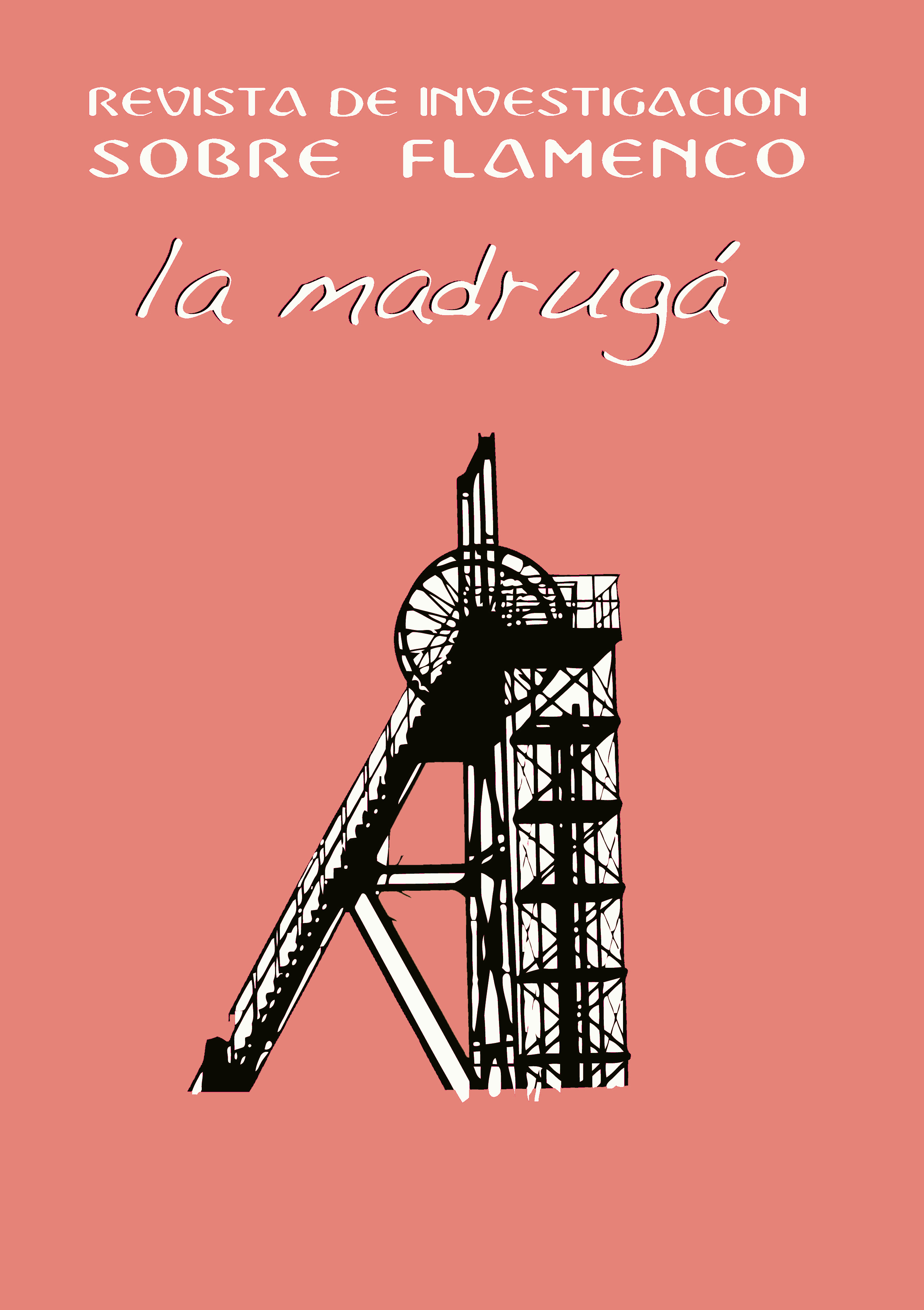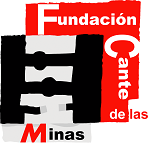Romería flamenca entre temblores, treguas y tiempos de guerra: cincuenta años del Ballet Español Lelia González en Nicaragua
Resumen
Esta reflexión rinde homenaje a una gran mujer, maestra y artista del flamenco en las Américas: Lelia González y los 50 años de su Ballet Español en Nicaragua. La alegría que renace de la mística de su danza entre temblores, treguas y tiempos de guerra estalla en un compás de amor que alumbra una tierra que sigue herida. Ya lejos de ella y de mi niñez, el repique de las manos de mi maestra sigue convocándonos –a mí y a todas sus niñas– a vivir un baile de esperanza que nos hermane y que sea instrumento de paz y de acción social.
Descargas
-
Resumen618
-
PDF379
Citas
Bergamín, José (1994). La música callada del toreo. Madrid: Turner.
Bourdieu, Pierre (1984). Distinction: a social critique of the judgment of taste [trans. Richard Nice]. Harvard University Press and Routledge & Kegan Paul Ltd.
Cenizo Jiménez, José y Gallardo Saborido, Emilio J. (2015). Pasión y rigor: palabras preliminares. En Cenizo Jiménez, José y Gallardo Saborido, Emilio J. (Coords). Presumes que eres la ciencia (estudios sobre el flamenco). Sevilla: Libros con Duende, pp. 7-14.
Clément, Catherine & Kristeva, Julia (2001). The feminine and the Sacred [trans. Jane Marie Todd]. Columbia University Press.
Gayán, Elisa (1966). Proyecciones de la música y de la educación musical. Revista Musical Chilena, vol. 20, n.º 96 (abril-junio), pp. 61-76.
Espino López, Antonio (2022). La invasión de América. Arpa & Alfil Editores, S. L.
Ortega Hernández, María de los Ángeles (2014). Dance of Caring, Dance of Love / Un son de cuidados, un baile de amor [trad. María Luisa Ortega Hernández y María de los Ángeles Ortega Hernández]. Journal of Arts and Aesthetics in Nursing and Health Sciences, vol.2, n.º 1 (Fall), pp. 10-11.
Pastor Pérez, Víctor (2015). La intervención social a través del flamenco en la educación. En Cenizo Jiménez, José y Gallardo Saborido, Emilio J. (Coords.). Presumes que eres la ciencia (estudios sobre el flamenco). Sevilla: Libros con Duende, pp. 282-295.
Perujo Serrano, Francisco (2015). Flamenco y Marca España. En Cenizo Jiménez, José y Gallardo Saborido, Emilio J. (Coords.). Presumes que eres la ciencia (estudios sobre el flamenco). Sevilla: Libros con Duende, pp. 46-78.
Scruggs, T. M. (1998). Cultural capital, appropriate transformations, and transfer by appropriation in Western Nicaragua: ``El baile de la marimba''. Latin American Music Review, vol. 19, n.º 1 (springsummer), pp. 1-30.
Vadillo, Juan (2020). El duende, el compás, el instante. Sinfonía virtual. Revista de Música y Reflexión Musical, n.º 38.
Yudin, Florence L. (1974). The vibrant silence in Jorge Guillén’s Aire nuestro. University of North Carolina Press.
- 03-01-2024 (2)
- 27-12-2023 (1)
Las obras que se publican en esta revista están sujetas a los siguientes términos:
1. El Servicio de Publicaciones de la Universidad de Murcia (la editorial) conserva los derechos patrimoniales (copyright) de las obras publicadas, y favorece y permite la reutilización de las mismas bajo la licencia de uso indicada en el punto 2.
2. Las obras se publican en la edición electrónica de la revista bajo una licencia Creative Commons Reconocimiento-NoComercial-SinObraDerivada 3.0 España (texto legal). Se pueden copiar, usar, difundir, transmitir y exponer públicamente, siempre que: i) se cite la autoría y la fuente original de su publicación (revista, editorial y URL de la obra); ii) no se usen para fines comerciales; iii) se mencione la existencia y especificaciones de esta licencia de uso.
3. Condiciones de auto-archivo. Se permite y se anima a los autores a difundir electrónicamente las versiones pre-print (versión antes de ser evaluada) y/o post-print (versión evaluada y aceptada para su publicación) de sus obras antes de su publicación, ya que favorece su circulación y difusión más temprana y con ello un posible aumento en su citación y alcance entre la comunidad académica. Color RoMEO: verde.









